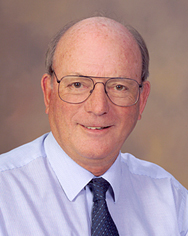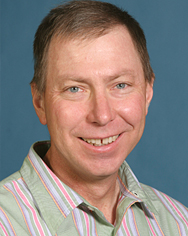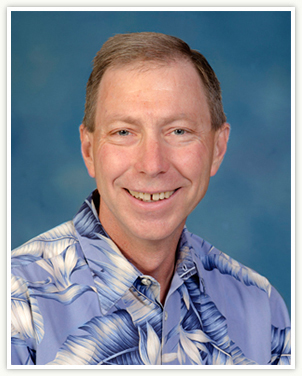The 50th anniversary celebration for the Lunar and Planetary Laboratory (LPL) is now winding down, and we've had some great public lectures from alumni and a well-attended homecoming dinner and symposium (more than 100 people attended one or both). We hope that you were able to come to at least some of the events, but if not, we'll try to help you catch up with this newsletter.
We have all sorts of material related to the 50th anniversary, including pictures from the past, reminiscences, and a history of LPL that consists of the stories of those who were here, all under "LPL50'' on the LPL home page or at the official LPL50 home page. There are also snapshots from the anniversary weekend. See how many people you can recognize in the shot taken on the front steps during the symposium.
But we have not just been resting on our laurels. We have at least three new assistant professors coming next year, for whom we have brief profiles in the newsletter, we've had one faculty member (Jonathan Lunine) named to the National Academy of Sciences, another (Alfred McEwen) has landed a major instrument on an upcoming mission (HiSci), and various other faculty, staff, students and alumni have also been recognized for their achievements. In addition, as with all families, there are the usual celebrations and transitions to note, including both births and deaths. We note and celebrate here that Mike Drake has had a successful liver transplant, and has resumed his duties as Head and Director of LPL/Planetary Sciences.
We hope this newsletter helps you catch up with your LPL family, and if there's something you would like to share (or something you would like us to have more or less of in the newsletter), please let us know.

Michael J. Drake
Head and Director

Timothy D. Swindle
Assistant Department Head




